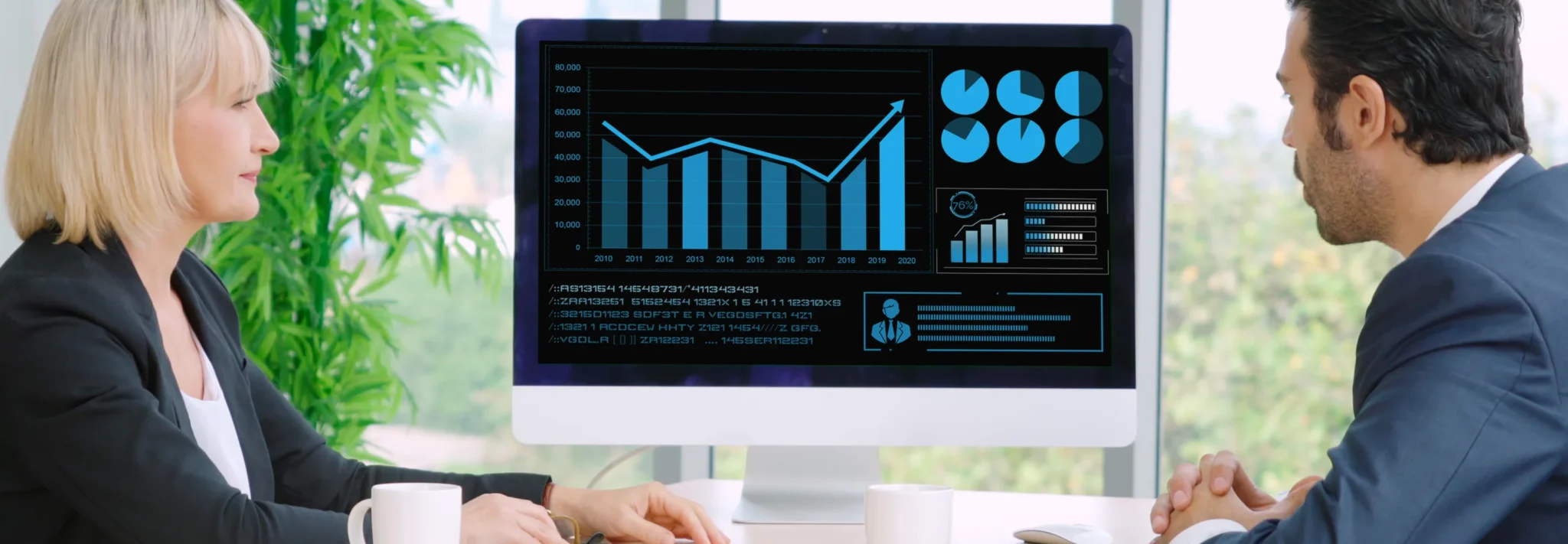The Power of Real-Time Data Visualization in Building Client Trust
In today’s data-driven business landscape, transparency and trust have become fundamental pillars of successful client relationships. Client-facing dashboards have emerged as powerful tools that bridge the gap between service providers and their clients, offering real-time insights into performance metrics that matter most.
Understanding Client-Facing Dashboards
Client-facing dashboards are interactive visual interfaces that provide real-time access to crucial performance metrics. These dashboards transform complex data into easily digestible visualizations, enabling clients to monitor service performance, track progress, and make informed decisions.
Key Components of Effective Client Dashboards
- Real-time data updates
- Customizable views and filters
- Interactive elements for deeper analysis
- Clear visualization of KPIs
- Mobile-responsive design
Essential Metrics to Display
1. System Uptime Monitoring
Uptime metrics are crucial indicators of service reliability. Modern monitoring tools like Datadog or New Relic can be integrated to display:
- Current system status
- Historical uptime percentages
- Planned maintenance windows
- Response time trends
2. Security and Threat Detection
With cybersecurity being a top priority, showcasing your security measures builds confidence. Include metrics such as:
- Real-time threat detection counts
- Security incident resolution times
- Vulnerability assessment scores
- Compliance status indicators
3. Cost Optimization Metrics
Demonstrating value through cost savings helps justify investments. Display metrics like:
- Resource utilization efficiency
- Cost savings compared to baseline
- ROI calculations
- Optimization recommendations
Building Trust Through Transparency
Transparent reporting through dashboards creates a foundation of trust with clients. Consider implementing these best practices:
- Regular Updates: Ensure data freshness with real-time or near-real-time updates
- Contextual Information: Provide explanatory notes and benchmarks
- Customizable Alerts: Allow clients to set their own notification thresholds
- Historical Tracking: Enable comparison with previous periods
Implementation Strategies
Successfully implementing client-facing dashboards requires careful planning and execution. Consider these popular tools and platforms:
- Tableau for sophisticated data visualization
- Power BI for Microsoft ecosystem integration
- Grafana for real-time monitoring
- Looker for cloud-native solutions
Technical Considerations
When implementing client dashboards, focus on:
- Data security and access controls
- Performance optimization
- Mobile responsiveness
- Integration capabilities
- Scalability requirements
Measuring Dashboard Effectiveness
Track the success of your client-facing dashboards through:
- Client engagement metrics
- User satisfaction surveys
- Support ticket reduction rates
- Client retention improvements
Future-Proofing Your Dashboard Strategy
Stay ahead of the curve by incorporating emerging trends:
- AI-powered insights and predictions
- Advanced data visualization techniques
- Enhanced mobile capabilities
- Integration with IoT devices
Implementing effective client-facing dashboards is no longer optional in today’s business environment. By providing transparent access to real-time data, organizations can build stronger client relationships while demonstrating clear value proposition through measurable metrics.








